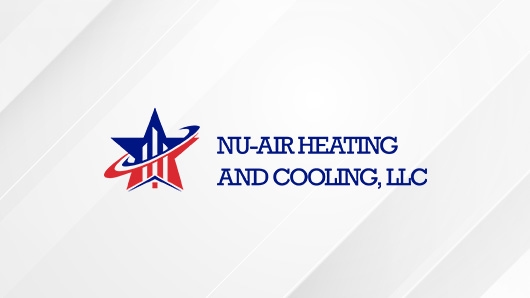As of March 9th, there have been around 645 cases of coronavirus (COVID-19) in the U.S. with one presumptive positive case reported in Louisiana. With the widespread and public outbreak of the new coronavirus, more people than ever are curious about ways to combat the spread of disease. Keep yourself and your family protected by staying knowledgeable about the outbreak and taking preventative measures to keep your home safe.
The World Health Organization and the Center for Disease Control are both excellent resources for learning more about the virus and its effects. And as these sources mention, remaining calm and taking preventative measures like washing your hands, maintaining social distance, and avoiding touching your eyes, nose, and mouth are the best ways to keep the outbreak at bay. It might surprise you to know that there are steps you can even take inside your home to ensure you and your family greatly reduce your exposure to biological contaminants.
What Is a Biological Contaminant?
We spend roughly 87% of our time indoors, which means we are disproportionately exposed to biological contaminants inside. According to the EPA, biological contaminants include viruses, bacteria, dust, dander, pollen, mites, and cockroaches. While these contaminants enter your home from many sources, they are all produced by living things and most often found in areas that contain food or moisture.
On top of diseases like the flu and COVID-19 being spread through biological contaminants, these pesky and often microscopic pollutants can produce a myriad of other ill effects, including asthma symptoms, respiratory issues, and digestive problems. Elderly individuals, as well as children, are particularly affected by contaminants indoors. One of the best ways to combat these hazardous biological contaminants is by improving your indoor air quality.
How Can Improving Your Indoor Air Quality Help?
By removing most of the biological contaminants in your home, you can drastically reduce your exposure to their harmful effects. Our experts at Nu-Air Heating & Cooling, LLC have put together 5 ways to improve your indoor air quality.
- Check your home’s humidity: As biological contaminants are naturally drawn to pooled water and moisture, keeping your home’s humidity in check is a crucial step in reducing exposure. The EPA recommends 30-50% humidity for most homes. If you are noticing excess humidity, consider investing in either a room dehumidifier or a whole-home humidifier to keep moisture more consistent.
- Maintain AC and heating units: Not only does regular, preventative maintenance boost the lifespan of your AC and heating systems, but it also means your filters and ductwork are being looked at and cleaned by a professional. Dirty air filters in AC units are a common way for dust and debris to buildup in your home.
- Install an air purification or air filtration system: Air purifiers come in many makes and models, but most importantly, they all use a filtration system to trap contaminants before they get circulated in your home’s air.
- Keep your floors clean: While carpets and rugs make your home feel comfortable, they can also trap dust and particles in the material. Cleaning your carpets weekly is a good way to prevent buildup of these contaminants.
- Look into ventilation solutions: Proper airflow is necessary for maintaining high indoor air quality. If your home continues to have stagnant air, think about opening doors or windows on occasion. Or, if you live in a city center, consider investing in a ventilator.

